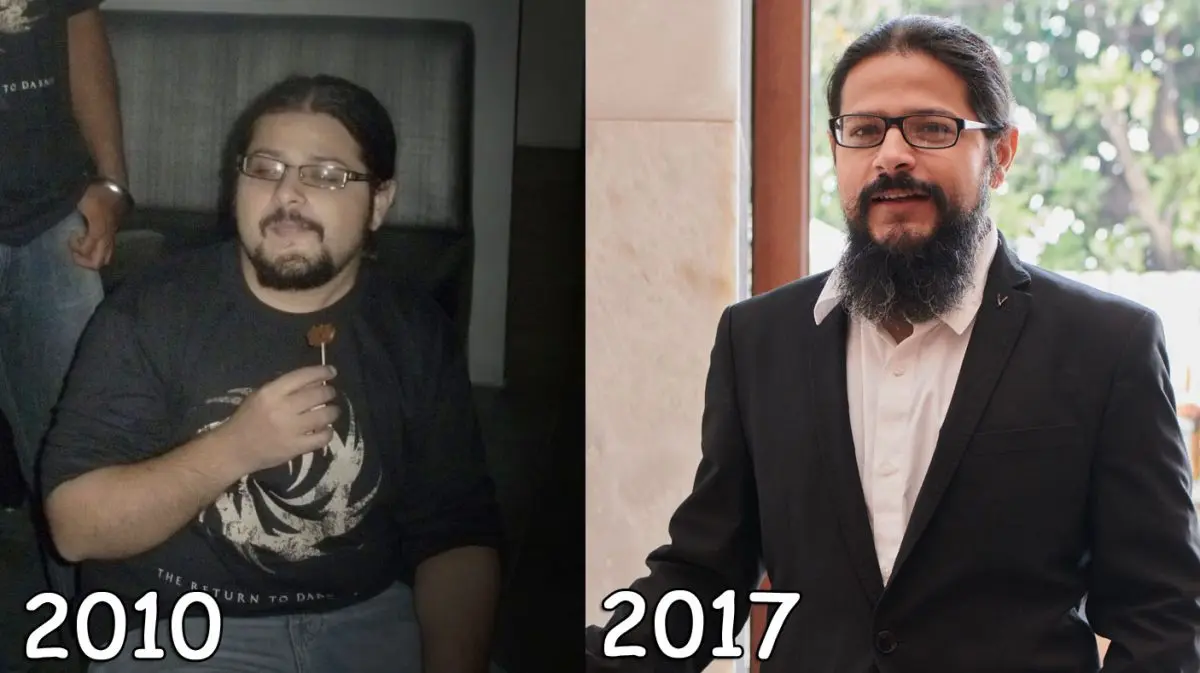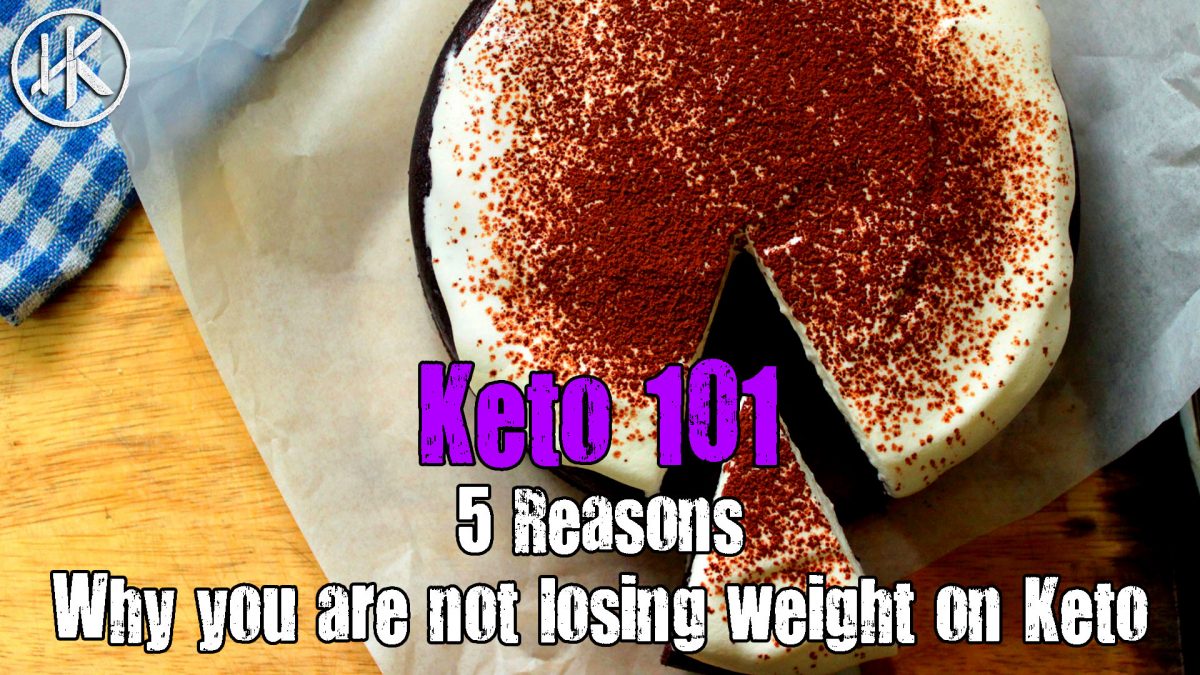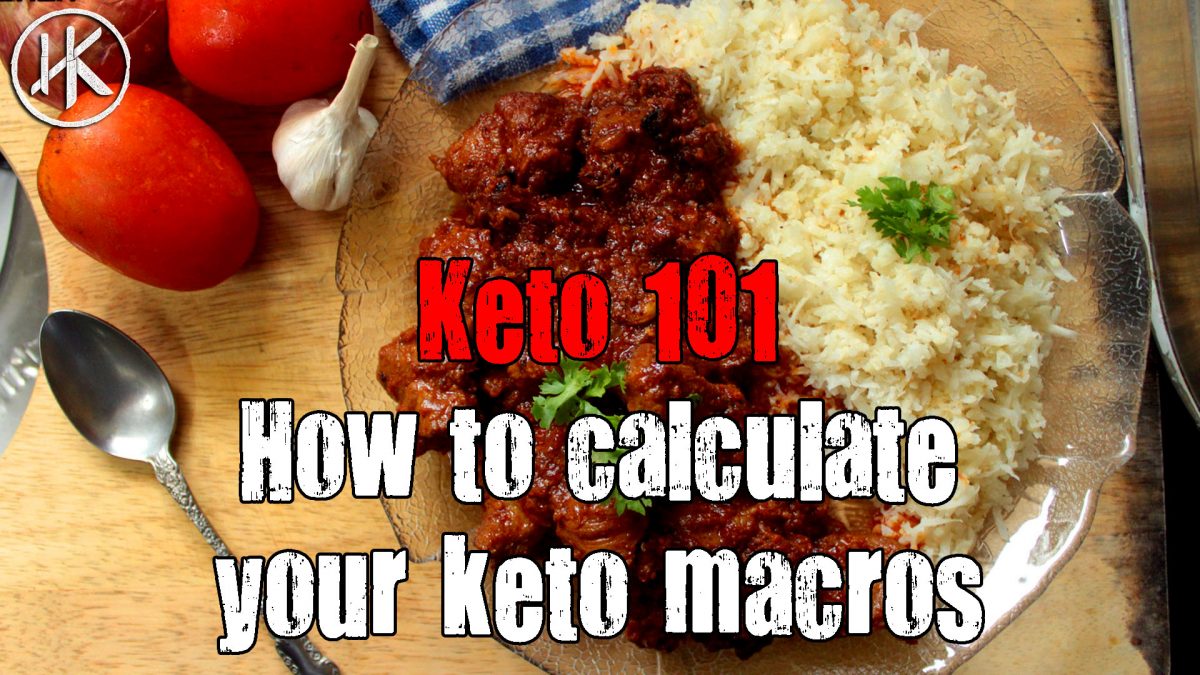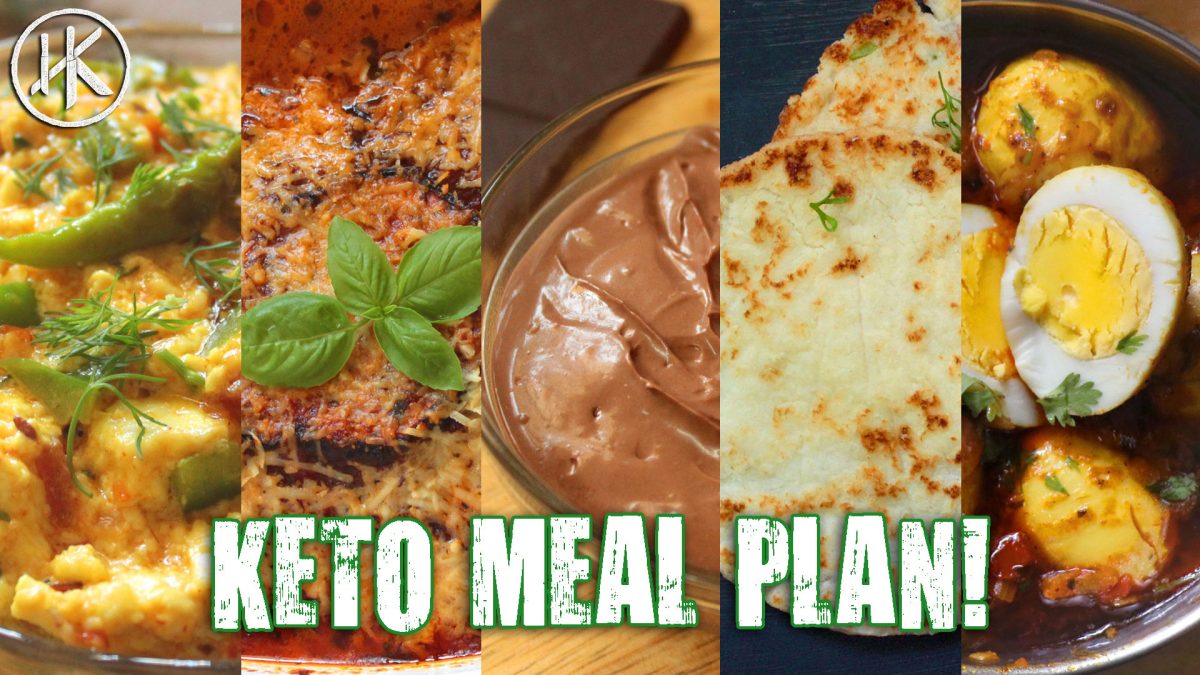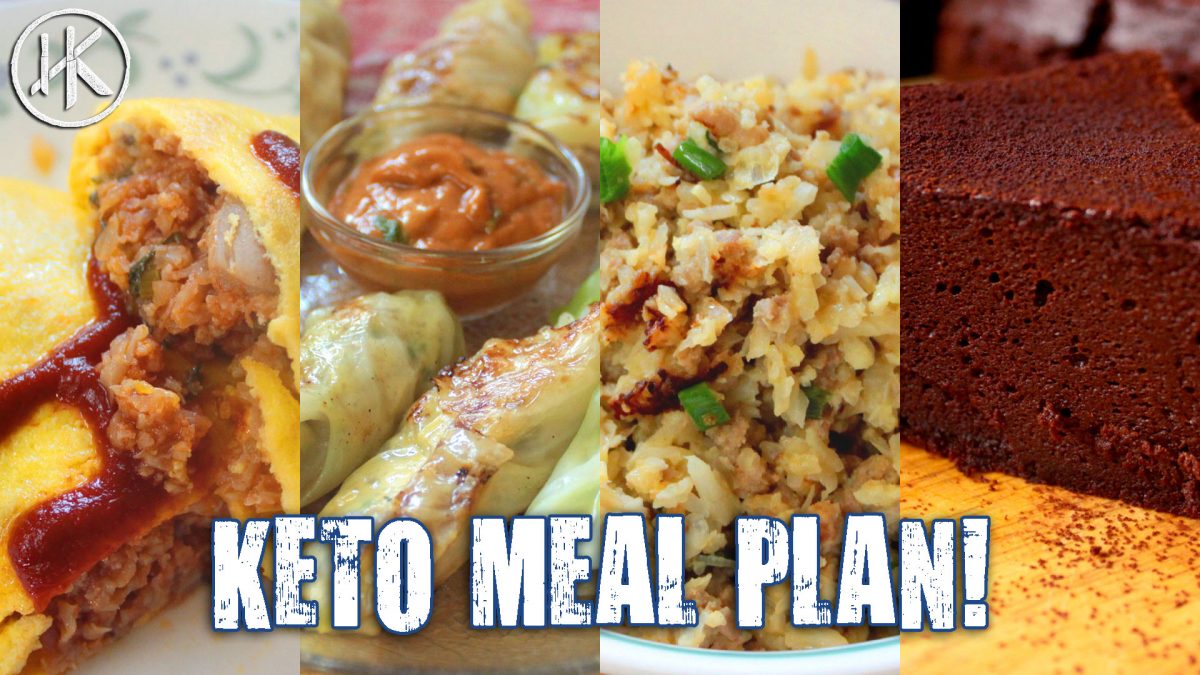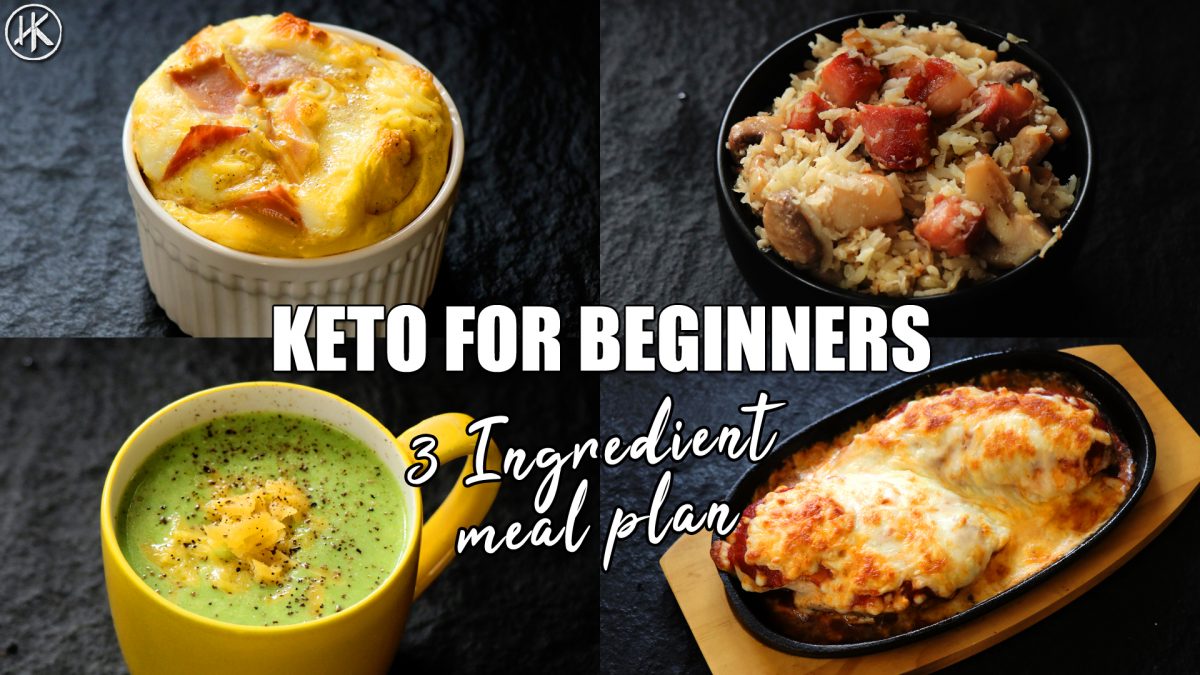Clean vs. Dirty Keto: What’s the Difference?
Whether you’re new to learning about the keto diet, or someone who has merely dabbled, you may have heard about clean vs. dirty keto.
 Clean vs. Dirty Keto
Clean vs. Dirty Keto
First, it’s important to know there is an original ketogenic diet (that came about in 1924), which has fairly simple rules around what is and what is not allowed. For example, the traditional keto diet is pretty strictly a low carb diet, more healthy fats, and protein-focused foods. Low carb diets are often popular in mainstream media (i.e the Atkins diet) because they have been proven to show immediate results.
But since its infancy, there have been people who have adapted this diet (or, as I like to refer to it, a keto lifestyle) to better work for them. At this point, there are all types of keto diets. This is how labels like “dirty” keto or “lazy” keto got started. So what exactly is “dirty” keto?
What Is Dirty Keto?
Dirty keto is simply a variation of the standard keto diet but less restrictive and more flexible. On “dirty” keto people are more likely to have cheat days or cheat meals where they eat foods they have otherwise deemed not-keto friendly. This might look like incorporating more junk food, starchy vegetables, or processed meats. But at the end of the day there is no one set strict group of rules to follow for this dirty diet and that’s exactly why people like it. They can more or less make it into whatever they want it to be. It’s dirty, which means it can get messy, so you’re really taking your chances on whether or not it will allow you to reap the benefits of what you’re after.
Now you might be wondering, okay, so if there’s “dirty” keto then what exactly does ‘clean’ keto look like?
What Is Clean Keto?
Following a clean keto diet means you will be eating more whole foods and natural foods which better lead your body into a state of ketosis. Say goodbye to processed foods entirely. Eating clean means you are signing up to follow the strict set of rules of the standard ketogenic diet that has been proven to work time and time again.
As mentioned above, a strict keto diet consists of high-fat foods (healthy fats), less carbohydrates, low-carb vegetables, and more healthy, less-processed protein (like salmon and chicken). The main difference between both dirty and clean is that their descriptors are self-explanatory. One requires a strict, clean outline of what one should and shouldn’t do. The other is simply dirtier and messier and one you’d be taking a big chance on!
What Are Clean Keto Foods?
Common clean keto foods are the ones you can see listed on any general keto diet information page. These foods look like eggs, salmon, protein (like grass-fed beef or chicken), healthy fats, and low-starch vegetables.
Low-starch vegetables consist of (but not limited to) spinach, kale, watercress, cucumber, broccoli, cauliflower, brussels sprouts, and fennel.
Healthy fats look like avocados, avocado oils, olive oil, coconut oil, cheese, chia seeds, nuts, and dark chocolate. Of course, there are more that fit these requirements which you can learn more about in my Most Common Questions About the Keto Diet post.
What Are Dirty Keto Foods?
Common dirty keto foods look like processed meats (hot dogs, deli meat, bacon), processed oils (vegetable oils/canola oil), diet sodas (artificial sweeteners are not the best), and the ever so tempting, fast food. There are a variety of other foods people consider “dirty” keto foods but the list can vary.
The dirty version of keto essentially means you are choosing a lack of quality foods, rich in beneficial nutrients, vitamins, and minerals. Which definitely can’t hurt from time to time. But it’s really about your overall goals and whether or not partaking in “cheat meals” will likely only lead you into further temptation. So, now that you’ve learned more, where are you landing so far in the great clean vs. dirty keto debate?
What Are the Benefits to Clean Keto?
There really are a variety of health benefits from eating clean on keto. For example, by eating clean you will likely obtain optimal energy due to the consumption of more whole, natural foods. Higher energy levels are an all around bonus—but especially if you plan to spend some time in the gym too!
Eating “clean” also means you will be consuming (or at least should be) plenty of fiber. Introducing more fiber is great for gut health and will help keep you fuller for longer. All of these components have been scientifically proven to have medical benefits such as weight loss if needed. Generally, eating clean, whole foods will boost your health, and as mentioned before leave your body in optimal, prime condition!
What Are the Benefits to Dirty Keto?
Some of the benefits of doing “dirty” keto is that it is still possible for you to lose weight. Many find it’s more flexible than your average keto diet and therefore more sustainable. Oftentimes too strict of a diet can turn people off over time and lead them back to their old, unhealthy habits. Same can be said for calorie counting, which can be daunting and stressful, but with dirty keto you don’t have to do all of that.
What Are the Drawbacks of Clean Keto?
The primary downside to eating clean on keto is the repetitive and restrictive nature of what you’ll be consuming on a daily basis. Only having access to a small group of whole foods could lead to quicker burn out, be less sustainable, and therefore, a higher likelihood of potential failure. However, that being said, MANY people easily make keto work for them and feel the list of Keto-approved foods are more than enough.
What Are the Drawbacks of Dirty Keto?
The primary downside to the dirty keto approach is that you will likely miss out on much needed micronutrients. In turn, this won’t keep you full for as long. That will leave you wanting to reach out for more snacks, when your end goal is likely to eat less. At least many people use keto as a means for weight loss, so if this is the case for you, dirty keto might lead to more temptation and less healthy choices.
Dirty keto also allows for more processed meat which has been studied and linked to increased risk for cardiovascular disease (heart disease)—and even cancer. So, at the end of the day, it’s really about weighing the pros and cons of both eating clean and dirty. You have to ask yourself, what chances are you willing to take to meet your end goals? Now that you’ve read a quick rundown on clean vs. dirty keto, which version are you leaning toward?
Clean vs. Dirty Keto: Which Should I Implement?
As much as you might want someone to provide that answer for you, unfortunately, only you (also a good idea to check in with your medical professional) can help make that decision for you. In general, I would venture to guess it would start with your personal goals. Why did you think about starting to go keto to begin with? Did you want to lose weight? Or were you just wanting to work on your overall health? Did you just want to bring more structure and routine to what was once a combination of messy eating habits? Once you pin down the why, you can double back. Look over which version of Keto sounds like the best fit and start from there. And if very well could be a little mixture of both. Whatever it is, just make sure it’s sustainable and works for you!
After learning more about both styles of keto (clean vs. dirty keto), which do you think might work for you? Or what have you tried already and did you find it to be sustainable? Why or why not? I’d love to hear from you in the comments below!
Also, let’s stay in touch over on my Instagram! I’m always posting new things I’m excited to share and would love to hear what you think over there too!

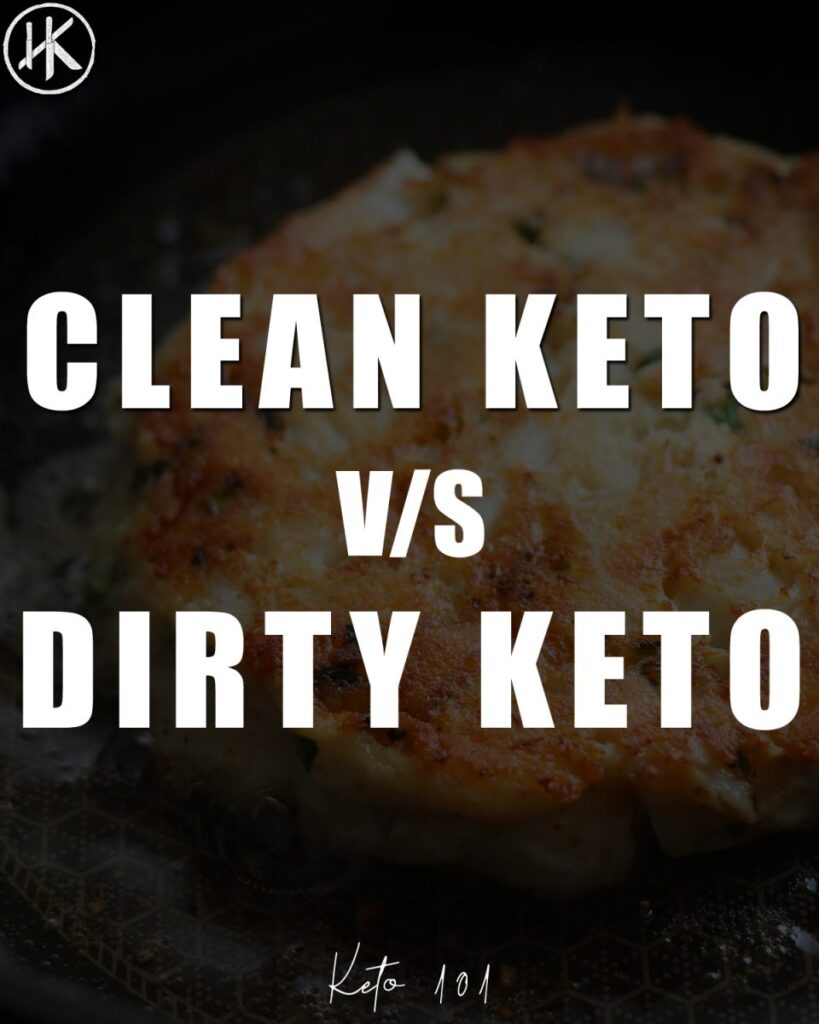 Clean vs. Dirty Keto
Clean vs. Dirty Keto